From Mundane to Meaningful: How AI Tools Boost Developer Productivity

Ask any high-performing developer what gets them excited about work, and you’ll rarely hear “writing unit tests,” “checking for input sanitization,” or “rewriting a poorly structured PR description.” Yet, this is exactly where so many engineers spend a chunk of their day. 77% of developers say they spend half or more of their time on repetitive tasks that could be automated, according to GitHub Next & Wakefield Research, 2023. As a founder and former engineer, I’ve seen it firsthand: we hire people for their creativity and problem-solving ability, then bury them under mechanical, repetitive work. It’s no wonder developer satisfaction and retention are ongoing challenges for teams everywhere. So why does this happen? And more importantly, how do we stop it?
Mundane Tasks Are Everywhere. And They’re Stealing Time.
It starts small: a missing comment here, an outdated library warning there. But multiply that by hundreds of pull requests, feature branches, and CI failures, and you’ve got a slow leak of engineering energy.
Mundane doesn’t mean unimportant — code reviews, security checks, and style enforcement matter. But they don’t all require a human to do them anymore. And when humans are stuck doing them, you get bottlenecks, fatigue, and decision decay. Even worse? It becomes invisible. We normalize wasted cycles as “part of the job.”
Developers Thrive in Flow, But We Keep Interrupting It
There’s a reason “vibe coding” has caught on. It’s shorthand for what every developer wants: uninterrupted creative focus. When engineers are in flow, they move faster, make better technical decisions, and feel more ownership over what they build.
But flow is fragile. Interruptions like context-switching, low-value code review comments, or waiting on trivial approvals kill momentum. These are exactly the things automation is built to absorb.
If our best engineers are reviewing for typos or arguing over tab spacing, something’s off.
Automating the Mundane Isn’t Just a Productivity Hack — It’s a Strategy
Smart teams aren’t automating because it’s trendy. They’re doing it because it drives real outcomes:
- Shorter PR cycle times, because reviews aren’t waiting on someone to notice an obvious mistake.
- Better onboarding, because junior devs get fast, consistent feedback.
- Improved code security, because AI catches low-hanging vulnerabilities before they’re merged.
- Happier teams, because they’re spending more time on work that actually matters.
The point isn’t to replace developers. It’s to remove the parts of their job that feel like friction, and reintroduce them to true engineering.
So, What Does This Look Like in Practice?
Today, modern teams plug AI tools directly into their workflow:
- Code review bots suggest improvements the moment a PR is opened.
- Linting and security rules run automatically in the CI pipeline.
- Even Slack channels can surface real-time review feedback and merge readiness.
Whether it’s open-source tooling or purpose-built AI code review agents, these systems free up time without lowering the bar.
At Panto AI, we’re building automated code review that actually reduces friction — surfacing the right issues at the right time, so developers can stay in flow and spend more time solving real problems. But this post isn’t about us. It’s about recognizing that developer time is too valuable to waste. If there’s a pattern that can be automated, let’s automate it.
Let Developers Focus on What You Hired Them For
The best engineers don’t want to be micromanaged by checklists. They want space to design scalable systems, reason through tradeoffs, and build great products. When we let automation handle the boring stuff, we’re not just optimizing — we’re respecting their craft.
If you’re a CTO or VP of Engineering thinking about productivity, the best thing you can do isn’t hire more engineers. It’s to give your existing team fewer distractions.
Automate the mundane. Watch what they build instead.
Your AI code Review Agent
Wall of Defense | Aligning business context with code | Never let bad code reach production
No Credit Card
No Strings Attached
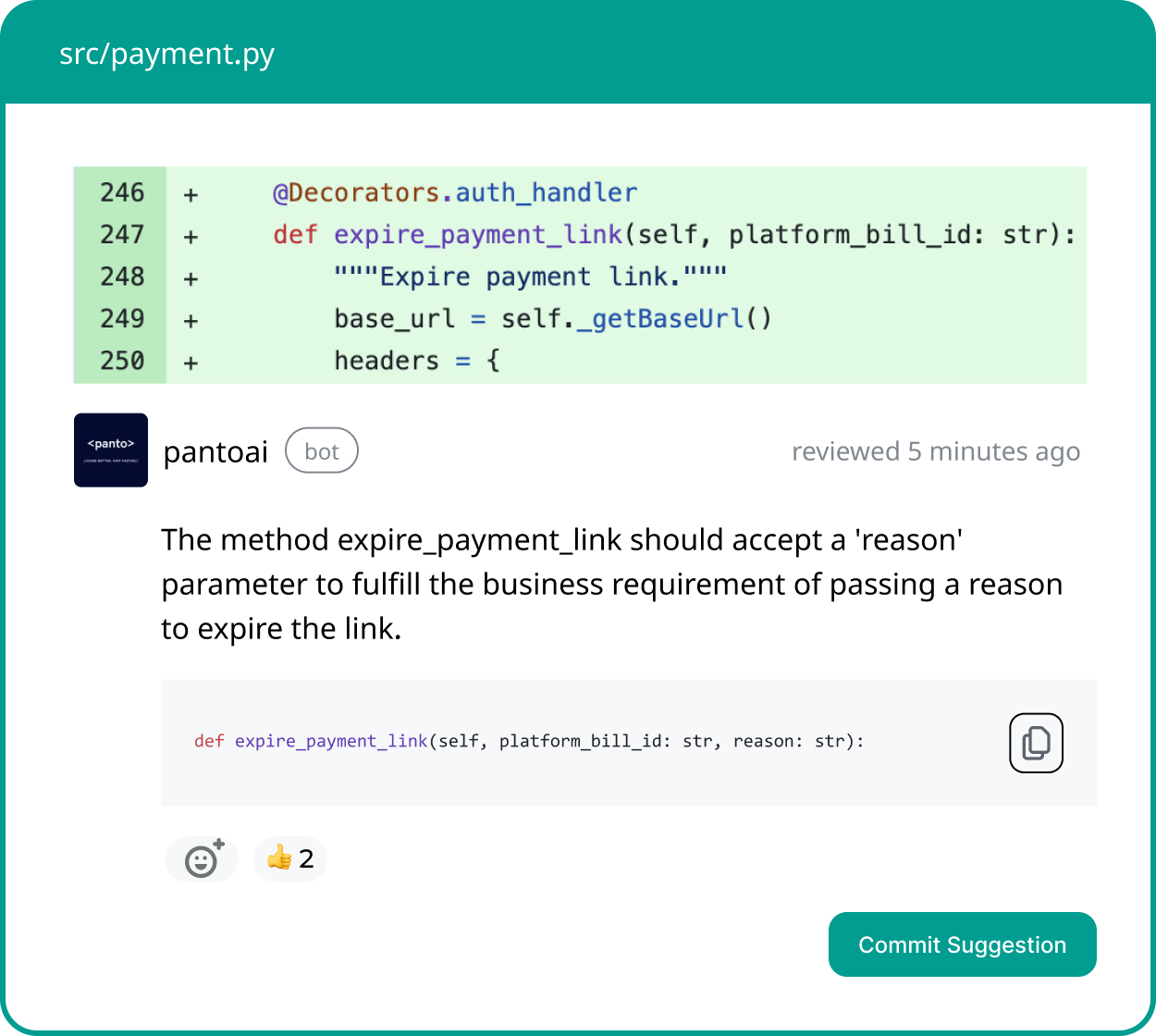
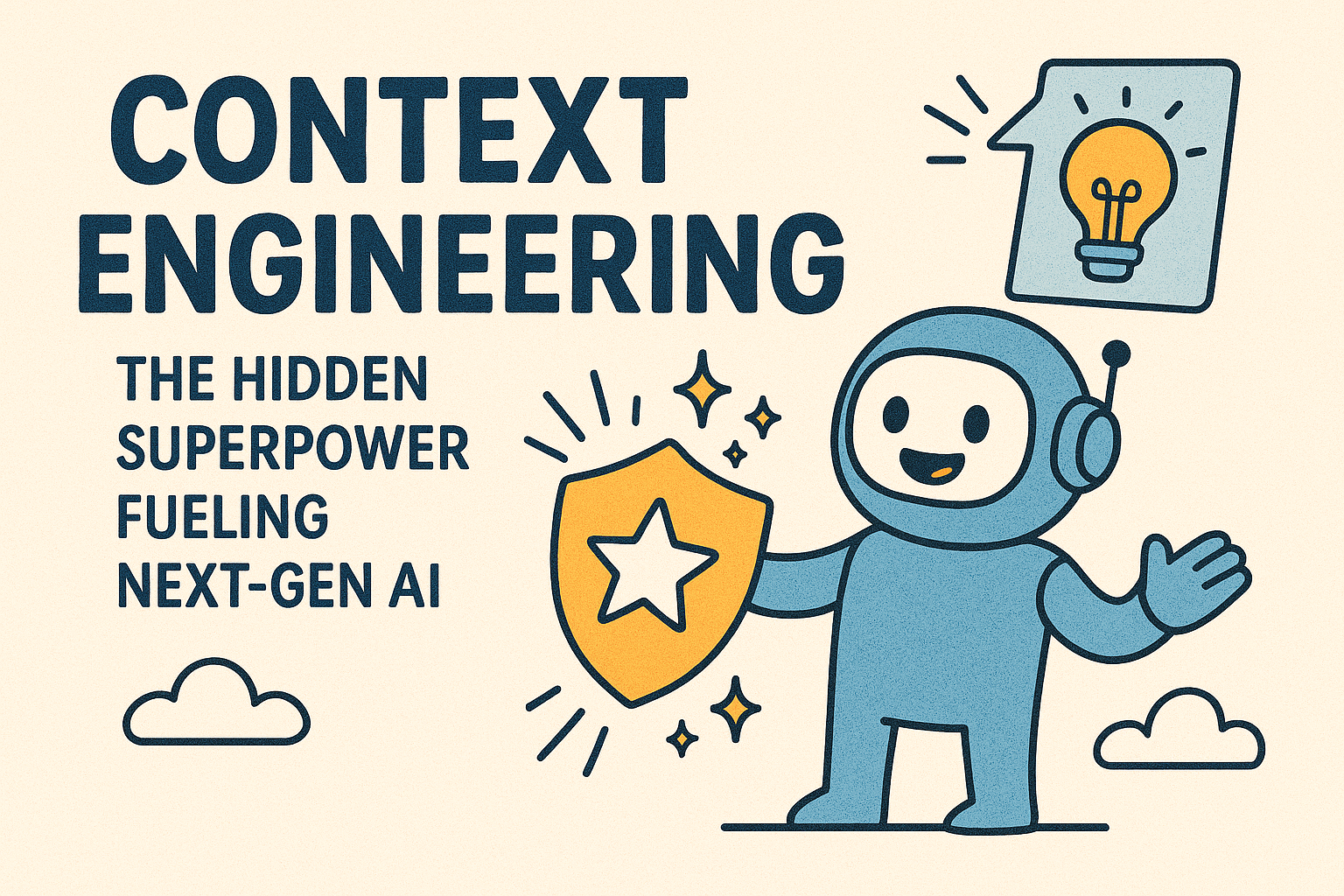
Context Engineering: The Hidden Superpower Fueling Next-Gen AI
Beyond prompt hacks, context engineering is the critical behind-the-scenes work that transforms LLMs from clever demos into reliable, scalable AI systems. This article explains why managing the entire AI context window—including user history, business logic, and relevant data—is the true foundation for advanced, production-ready AI.
Jul 30, 2025
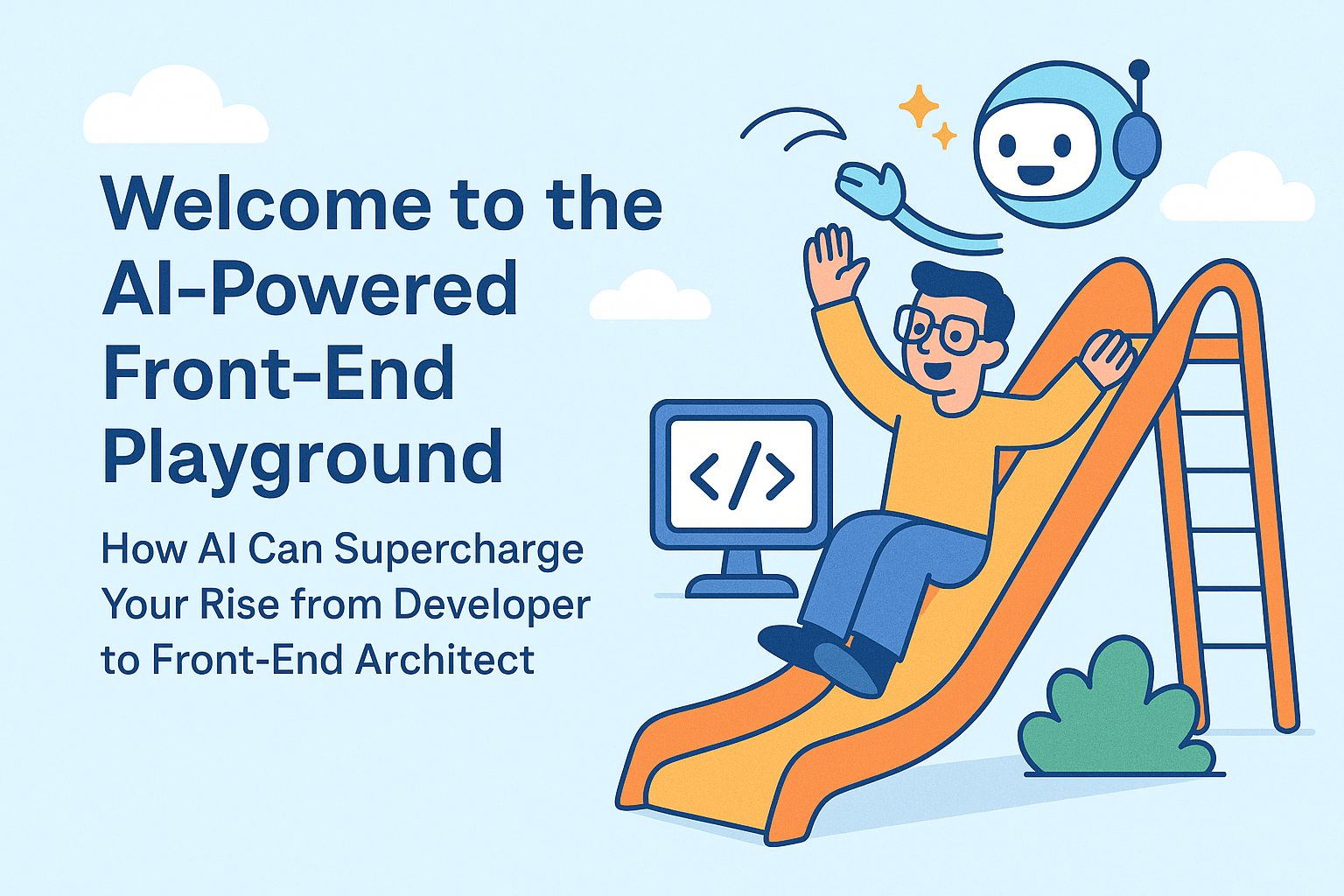
Welcome to the AI-Powered Front-End Playground: How AI Can Supercharge Your Rise from Developer to Front-End Architect
The front-end development landscape is being rapidly transformed by AI. This article explores how AI tools, from code generation to advanced code review, can significantly accelerate a developer's journey to becoming a front-end architect by automating mundane tasks, enhancing learning, and improving overall project quality.
Jul 29, 2025
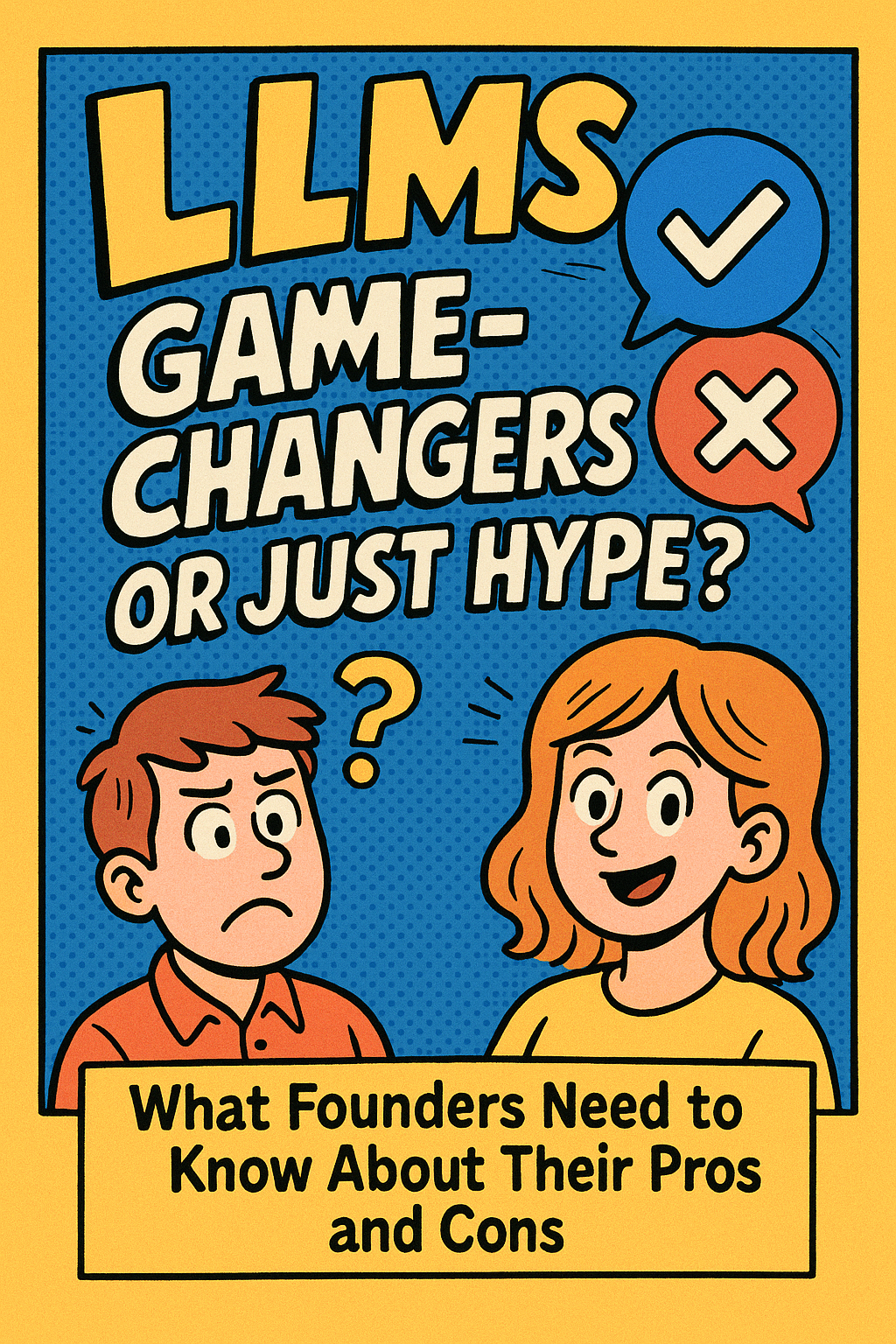
LLMs: Game-Changers or Just Hype? What Founders Need to Know About Their Pros and Cons
Large Language Models (LLMs) are everywhere, but are they truly revolutionary or just an overhyped trend? This article cuts through the noise, offering founders a balanced perspective on the real strengths and critical limitations of LLMs, and how to strategically leverage them for genuine impact.
Jul 25, 2025

PR Chat: A Practical Lever for Healthier, Faster Software Systems
Traditional asynchronous pull request reviews can slow down software development. This article introduces PR chat as a powerful solution, demonstrating how real-time conversations directly within the code review process can significantly accelerate review cycles, improve code quality, and boost team efficiency.
Jul 24, 2025
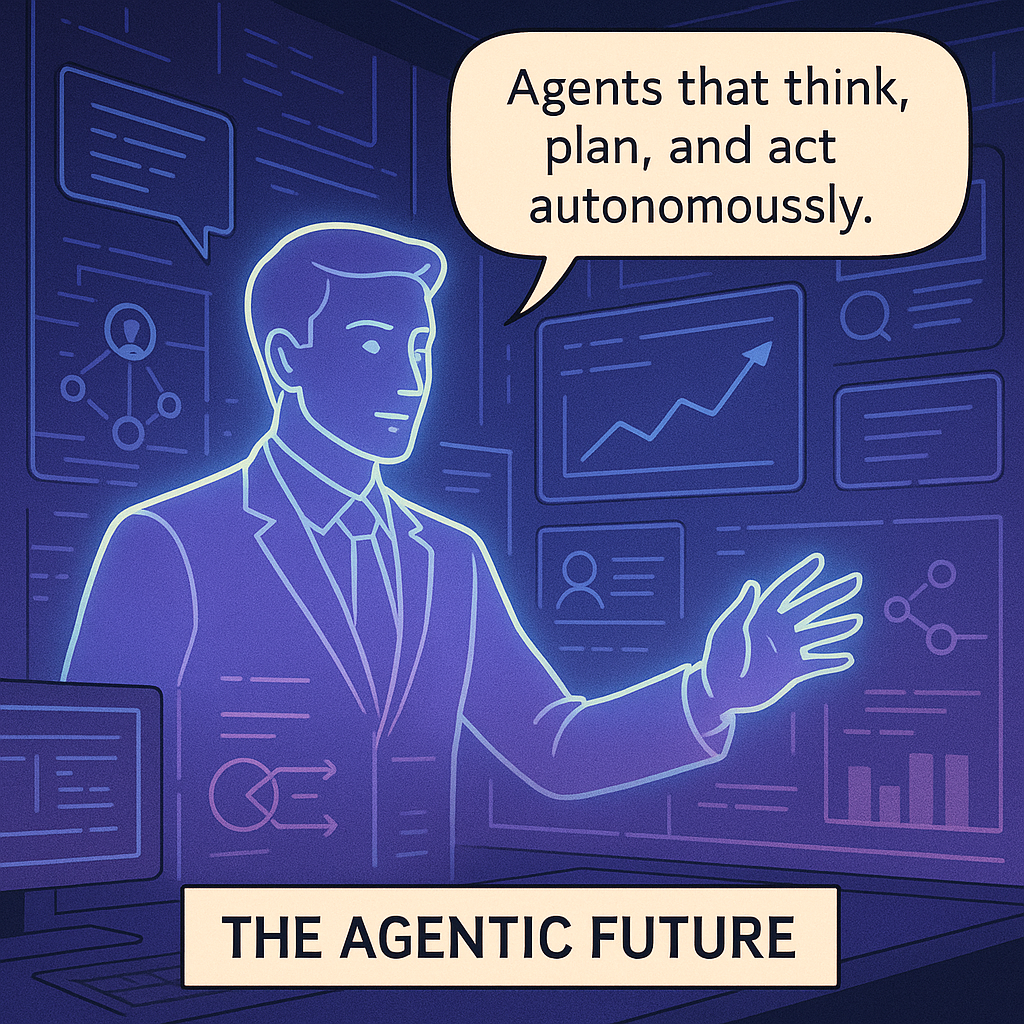
The Age of Agentic AI: The Next Leap in Intelligent Software Systems
We are entering a profound shift in artificial intelligence, moving from reactive systems to proactive, autonomous agents. This article delves into Agentic AI, its core distinctions from traditional AI, and how it's poised to redefine complex problem-solving, scalability, and the future of intelligent software.
Jul 22, 2025
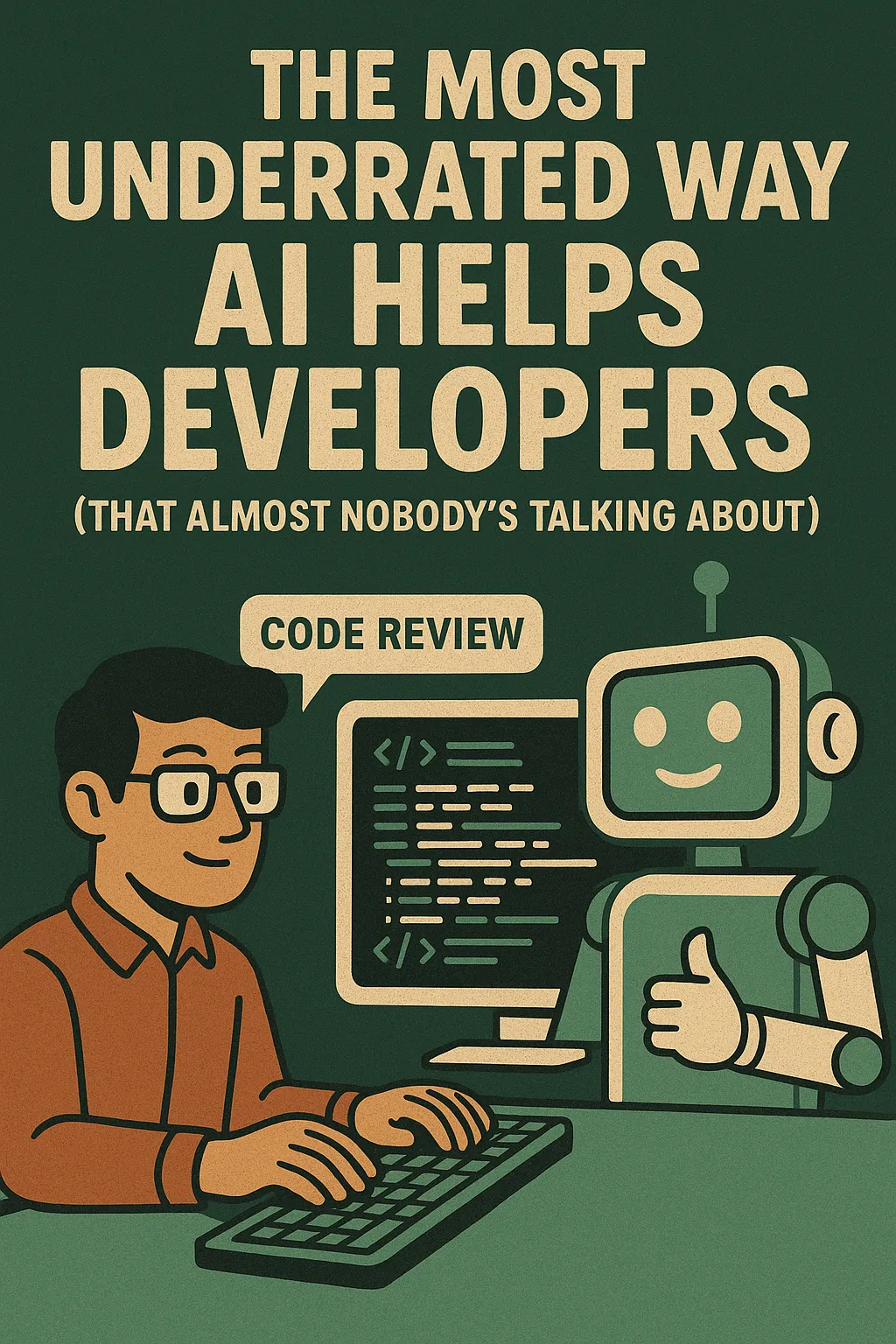
The Most Underrated Way AI Helps Developers (That Almost Nobody’s Talking About)
When people talk about AI in software development, the spotlight usually falls on features like code autocompletion or automatic bug detection. Those are great, but there’s an even more powerful — and far less hyped — use case quietly reshaping how developers work: **continuous, context-aware AI-powered code reviews.**
Jul 21, 2025